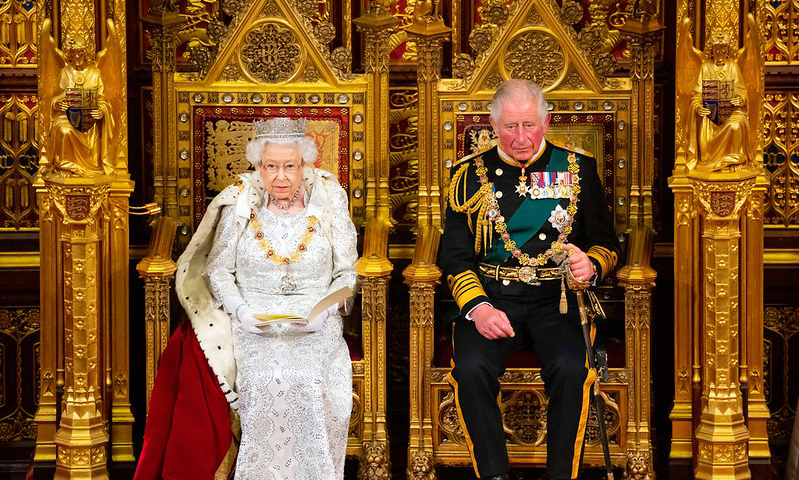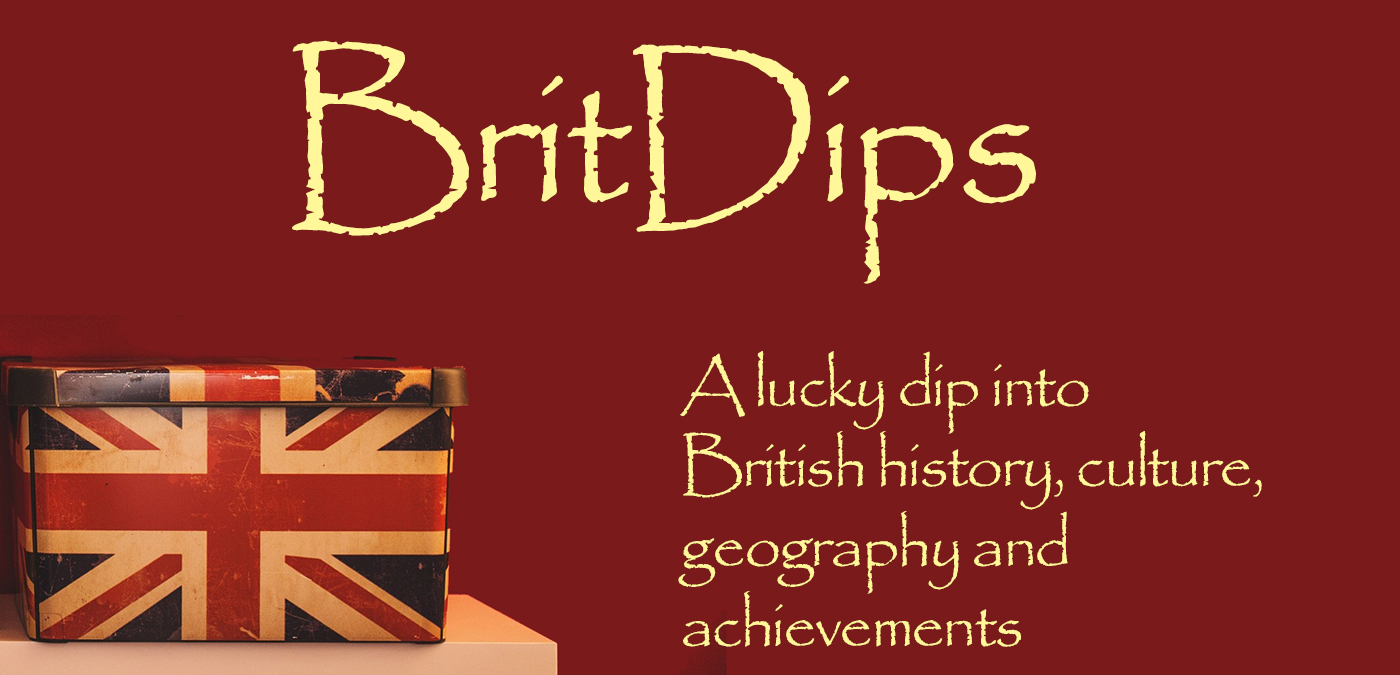
Our Constitutional Monarchy
The current role of the British monarch is, on the surface, rather watered down compared to the demonstrable wielding of ruling power by Kings and Queens in centuries past, including leading the army into battle. Nevertheless, the monarch remains the Head of State and the Church, and still has many functions, even though his/her status is now deemed a “constitutional monarchy” and law- and policy-making both lie with Parliament.
The term means that the Sovereign’s actions are constitutional as long as they are taken on the advice of a government minister, which has been the case since the reign of King George V (1865-1936) which began in 1910. It implies that the Sovereign is above political bias or conflict. To strengthen this idea, the monarchy is often referred to as ‘the Crown’, a more impersonal description.
The monarch is no longer permitted to enter the House of Commons but has a throne in the chamber of the House of Lords, which is the focus of the opening ceremony of Parliamentary sessions. From there the monarch announces the forthcoming plans of “My Government” in a speech written by said government. Royal Assent is required to confirm each Bill, but this is a formality.
(Image: Roger Harris, UKHouseofLords at Flickr.com / CC BY-NC-ND 2.0)
